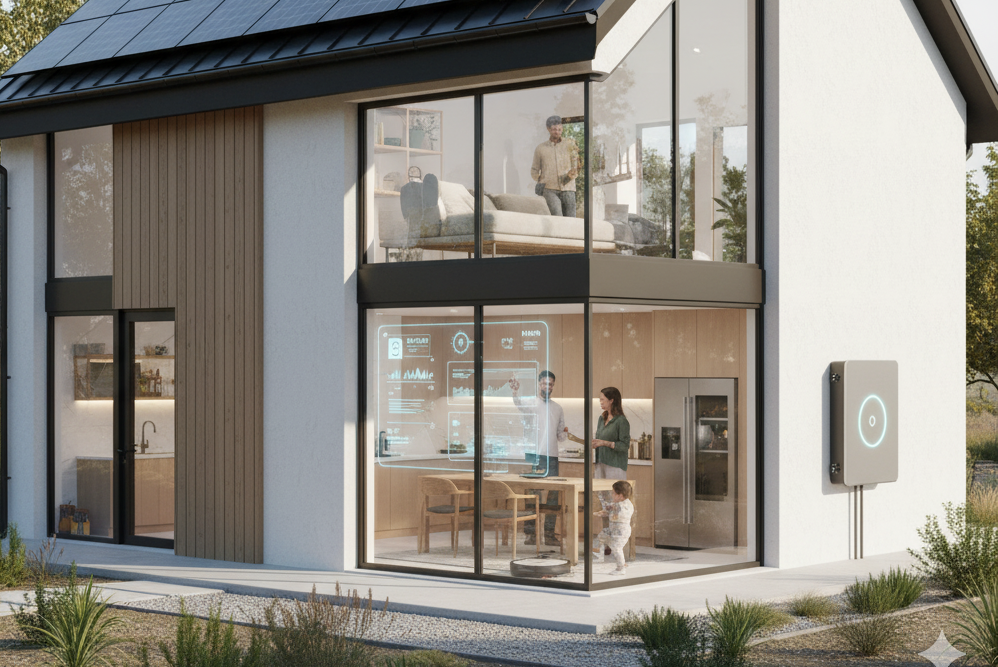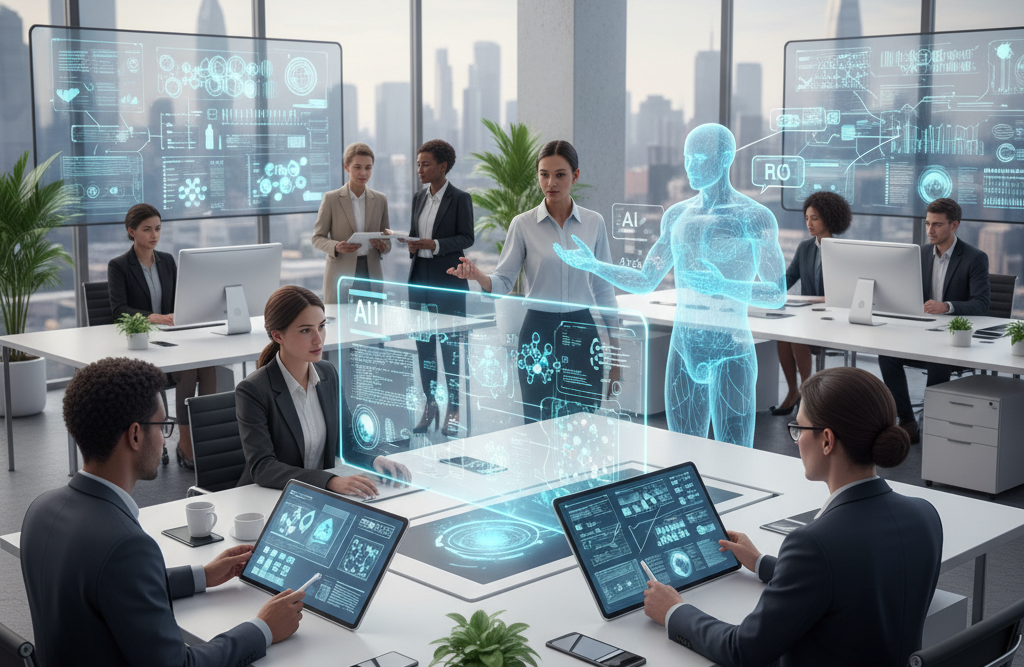The Best Smart Home Innovations to Expect in 2026
Sienna Brown
2025-10-07
6 min read

The smart home revolution continues to accelerate, and 2026 promises to be a pivotal year for home automation technology. As we move deeper into the decade, the integration of artificial intelligence, enhanced connectivity, and sustainable solutions are transforming how we interact with our living spaces. The innovations on the horizon will make homes more intuitive, efficient, and responsive to our needs than ever before.
Artificial Intelligence Takes Center Stage
The most significant advancement coming to smart homes in 2026 is the widespread adoption of truly intelligent AI systems that go beyond simple voice commands. These new AI platforms will understand context, predict needs, and make proactive decisions without constant human input. Rather than requiring specific commands for each action, your home will learn your routines and preferences, automatically adjusting lighting, temperature, and security settings based on your behavior patterns. Advanced machine learning algorithms will enable homes to recognize subtle changes in your daily routine and adapt accordingly. If you typically arrive home thirty minutes later on Wednesdays due to a weekly meeting, your home will automatically adjust the heating schedule and delay the dinner preparation reminders. This level of predictive intelligence represents a fundamental shift from reactive to proactive home automation. Natural language processing will become significantly more sophisticated, allowing for more conversational interactions with smart home systems. Instead of remembering specific command phrases, you'll be able to speak naturally about your needs and preferences. The AI will understand complex requests that involve multiple systems and execute them seamlessly across different smart devices.
Enhanced Energy Management and Sustainability
Energy efficiency will reach new heights in 2026 with the introduction of AI-powered energy management systems that optimize consumption in real-time. These systems will analyze electricity rates, weather patterns, and household usage to automatically shift energy consumption to the most cost-effective and environmentally friendly times. Smart solar panels with integrated battery storage will become more affordable and efficient, allowing homeowners to achieve greater energy independence. The new generation of solar technology will feature adaptive panels that automatically adjust their positioning throughout the day to maximize energy capture while maintaining aesthetic appeal. Advanced heat pump systems will integrate with weather forecasting data to pre-condition homes more efficiently. By analyzing upcoming weather patterns, these systems can pre-heat or pre-cool homes during off-peak energy hours, reducing both costs and environmental impact while maintaining optimal comfort levels. Water conservation will also see major improvements with smart irrigation systems that consider soil moisture, plant types, and weather forecasts to deliver precise amounts of water exactly when needed. Indoor water management systems will detect leaks instantly and can automatically shut off water supply to prevent damage while alerting homeowners through their mobile devices.

Seamless Integration and Interoperability
The fragmented nature of smart home ecosystems will largely disappear in 2026 as new universal standards enable seamless communication between devices from different manufacturers. The Matter protocol will mature significantly, allowing homeowners to mix and match devices without worrying about compatibility issues. This improved interoperability will enable more sophisticated automation scenarios that span multiple brands and device types. A single routine might involve adjusting lights from one manufacturer, setting the thermostat from another, and activating security cameras from a third, all working together harmoniously through unified control systems. Cloud-to-edge computing will reduce dependence on internet connectivity for basic smart home functions. Essential operations will run locally on powerful hub devices, ensuring that core functionality remains available even during internet outages while still leveraging cloud computing for advanced AI processing and updates.
Advanced Health and Wellness Monitoring
Smart homes in 2026 will become active partners in maintaining household health and wellness. Air quality monitoring will expand beyond basic particulate detection to include volatile organic compounds, allergens, and even airborne pathogens. Integrated air purification systems will respond automatically to detected threats, adjusting filtration and ventilation to maintain optimal indoor air quality. Sleep optimization technology will reach new sophistication levels with smart mattresses and bedroom environments that monitor sleep patterns and automatically adjust temperature, humidity, lighting, and even subtle sound frequencies to promote better rest. These systems will learn individual sleep preferences and can accommodate couples with different optimal sleep conditions. Mental health support will be integrated through ambient computing that can recognize stress indicators in voice patterns, movement, and daily routine changes. While respecting privacy, these systems can suggest wellness activities, adjust lighting to more calming tones, or recommend breaks when elevated stress levels are detected.
Enhanced Security and Privacy Protection
Security systems in 2026 will leverage advanced computer vision and behavioral analysis to distinguish between normal and suspicious activities with remarkable accuracy. These systems will reduce false alarms while providing more nuanced security responses, such as automatically adjusting lighting or playing deterrent sounds for minor incidents rather than triggering full alarm protocols. Biometric integration will extend beyond fingerprints and facial recognition to include gait analysis and voice pattern recognition, creating seamless security experiences that don't require conscious interaction. Family members will be recognized automatically as they approach the home, with personalized settings activated before they even enter. Privacy protection will become a cornerstone feature with advanced encryption and local processing capabilities that keep sensitive data within the home network. Homeowners will have granular control over what information is shared with external services and can maintain full smart home functionality while minimizing data exposure.
The Connected Ecosystem
Perhaps most importantly, 2026 will see smart homes become integral parts of larger connected ecosystems. Homes will communicate with smart city infrastructure to optimize energy grid usage, coordinate with autonomous vehicles for seamless arrival experiences, and integrate with workplace systems to facilitate more effective remote work environments. These innovations represent more than technological advancement; they promise to create living spaces that truly understand and support their inhabitants. As we approach 2026, the smart home will evolve from a collection of connected devices to an intelligent partner in daily life, making our homes more comfortable, efficient, and responsive to our needs while maintaining the privacy and security we value most.



